There’s one thing upon which Kamala Harris and Donald Trump readily agree: Wisconsin will play a vital role in who wins the election. In a July speech in Milwaukee, Harris asserted, “The path to the White House runs through Wisconsin.” Similarly, on Oct. 6, Trump, visiting the state for the fourth time in eight days, said, “If we win Wisconsin, we win the presidency.”
For Trump, especially, this was more than bombast. Wisconsin went for him in 2016, the only time in the last 40 years that a Republican presidential candidate captured the state. But the margin was razor thin. Trump beat Hillary Clinton by fewer than 23,000 votes, or 0.77%, only to lose to Joe Biden in 2020 by under 21,000 votes, or 0.63%. How Wisconsin will go in November is anybody’s guess.
States changing political stripes isn't unique. Perhaps the best example: California, home to Republican presidents Richard Nixon and Ronald Reagan, now leans overwhelmingly Democratic. But rather than present a clear line of political evolution, the Badger State has a long history of political inconsistency, including some truly extreme swings.
Most of those swings reflected, and sometimes led, national trends. Wisconsin has proved uniquely susceptible to following the national wind — often in more exaggerated forms. As the country has become more polarized, this has meant more frequent lurches in the Badger State. Unlike states that have experienced dramatic demographic and economic changes that drove political shifts, Wisconsin remains relatively stable and homogeneous. Its stability on a number of fronts means that the state offers a unique window into the cause and effects of national trends and shifts.
Known as “America’s Dairyland,” Wisconsin had been a state for less than 40 years when Robert M. La Follette (1855-1925) began his political career there, serving three terms as governor and 19 years in the U.S. Senate. Wisconsin was not experiencing industrialization and urbanization to the same degree as many eastern states. Nonetheless, those developments were taking their toll on La Follette’s state, particularly in the form of “all the market will bear” railroad rates, corrupt politics, and unregulated decimation of natural resources.
Convinced that abuses by big business and unscrupulous politicians threatened the foundations of democracy, La Follette dedicated his long career to making Wisconsin the nation’s model for a variety of progressive reform movements, seeking to prevent what he termed "the encroachment of the powerful few upon the rights of the many.” La Follette’s national accomplishments included regulation of railroads, other powerful utilities, and lobbyists, civil service and tax reform, resource conservation measures, laws protecting workers’ rights, and candidate nomination by primary election. So beloved was La Follette that he survived nationwide vilification and efforts to oust him from his Senate seat after he opposed U.S. entry into World War I.
Read More: History Reveals How Donald Trump Captured the Industrial Heartland—And a Path Forward for Democrats
Following his death, voters elected his son, Robert La Follette Jr. as his successor. Junior, whose only elected office to that point was class president, continued Wisconsin's reform tradition for another 21 years. His brother, Phillip, also won election as governor for three terms.
Yet, the La Follette family’s 40 year reign in the Senate ended abruptly in 1946 when Wisconsin voters veered right, electing Joseph McCarthy to replace La Follette Jr. And this was no fluke. Badger State voters proudly claimed McCarthy as their native son, and they hailed his aggressive efforts in the 1950s to ferret out the "internal communist menace.” This swing away from the politics embodied by the La Follettes likely reflected the shock and fear voters felt over how quickly China, and especially the Soviet Union, acquired nuclear weapons and became major competitors on the global stage following World War II.
Celebrated by conservative social and political organizations nationwide for displaying the kind of toughness the country needed in the crisis of the Cold War, McCarthy’s popular crusade revealed a radically changed political landscape in Wisconsin and elsewhere. Dedication to implementing progressive reforms had been replaced by a mania for political repression and persecution.
Yet, after his fellow senators formally censured McCarthy in 1954 for bringing "dishonor and disrepute" upon the Senate, his chastened home state, like the nation, began to transform once again.
Wisconsinites were eager to move on from the damage and embarrassment brought about by their state’s starring role in promulgating the Red Scare that had ruined many lives. In 1959, Wisconsin partially regained its reputation as a pioneer in democratic reforms, becoming the first state to grant public employees the right to bargain collectively. This was a big swing because unions had been a popular target during the two Red Scares (one after each World War), presented as a threat to rugged individualism and capitalism. Beginning in 1964, union membership rates in Wisconsin would remain above the national average for 47 years, a complete reversal of its leading role in the previous decade’s anti-communist hysteria.
Simultaneously, Wisconsinites were taking the lead in another reform movement. Of the 28 women who founded of the National Organization for Women (NOW) in 1966, eight hailed from the Badger State. One of them was Mary Eastwood, who became a member of NOW’s first legal committee, and organized the group’s much publicized 1967 picket of the Equal Employment Opportunity Commission (EEOC). She worked tirelessly to assure that women and minorities received equal protection under the law.
By this time, Wisconsin also had two well regarded liberal senators who’d leave a mark on the country. McCarthy’s replacement, William Proxmire, was an early advocate for campaign finance reform and reigning in wasteful government spending. In 1963, another Wisconsin liberal, Gaylord Nelson, left the governor’s chair to join Proxmire in the Senate, where he became one of nation’s leading environmentalists.
Yet, Wisconsin — unlike some states with such reformist urges — also maintained a willingness to elect far right conservatives. In 1980, Badger State voters sent Nelson packing, replacing him with the outspoken conservative Robert Kasten, the first Republican to represent Wisconsin in the Senate since 1963. In that same election Wisconsinites backed Ronald Reagan over Jimmy Carter for president. Wisconsin’s lurch to the right fit with the national trend: many Americans worried the U.S. was losing its edge, mired in economic woes and appearing hapless on the global stage.
The 1980s ushered in a period of rapid swings in Wisconsin politics. The career of Republican Tommy Thompson, who won an unprecedented four terms as governor, embodied the incoherence. Many of Thompson’s conservative ideas, including cutting welfare spending and promoting school choice via a voucher system, became a template for conservative governance nationally. Yet, each time Wisconsinites voted for Thompson, two years later, they reversed course and cast their ballots for liberal Democratic presidential nominees. And, even as they retained Thompson as governor, voters replaced Senator Kasten with the liberal Russ Feingold (champion of campaign finance reform) in 1992.
Read More: The Fight Over Tim Walz’s Midwestern Appeal
Wisconsin voters were consistent in their inconsistency. Once again, they led a national trend by refusing to hew to a single party line, often choosing instead to vote on specific issues. Wisconsinites were disgruntled with politics as usual, and wanted to clean up the mess. That meant electing leaders they believed were best for the job, even if their solutions, like their parties, were diametrically opposed.
In 2010, conservative Republican Scott Walker fit the bill. His election as governor reflected how Wisconsinites — like many other Americans — had tired of liberal reform. They saw the unintended consequences of well-meaning reform reducing the average person’s agency while increasing both taxes and corruption throughout the state.
Walker was enormously polarizing. Protests against his efforts to curtail the power of public employee unions made national headlines, but proved unsuccessful. While organizers secured enough signatures to force Walker into a recall election, he survived and won a second term in 2014 as well. Another Wisconsinite, deficit hawk Paul Ryan, who served as Mitt Romney’s vice presidential running mate in 2012 and Speaker of the House from 2015-2019, cemented Wisconsin’s leadership in the anti-tax conservatism movement.
But true to its refusal to remain on one extreme of the political spectrum for long, between the elections of Walker, Wisconsin sent Democrat Tammy Baldwin to the U.S. Senate in 2012. Baldwin, dedicated to a variety of liberal causes, is the first openly lesbian woman elected to both the House and the Senate. And, although Walker and Ryan are no longer in office, Baldwin won reelection in 2018.

Wisconsin’s long history of lurching back and forth (and sometimes doing both at once) reflects how tied it is to national pendulum swings: when a liberal or conservative movement begins to bog down, the other extreme has tremendous restorative appeal. And the cycle repeats regularly — often in exaggerated form in Wisconsin.
Wisconsin’s razor-thin margins in the last two presidential elections reveal a deeply divided populace that reflect a polarized nation. However, with its proven record of setting, not just following trends, Wisconsin’s results on Nov. 5 may tell us much about where American politics will head over the next few years.
Nancy C. Unger is professor of history at Santa Clara University and author of the award-winning biographies Fighting Bob La Follette: The Righteous Reformer, and Belle La Follette: Progressive Era Reformer.
Made by History takes readers beyond the headlines with articles written and edited by professional historians. Learn more about Made by History at TIME here. Opinions expressed do not necessarily reflect the views of TIME editors.

 1 settimana fa
4
1 settimana fa
4
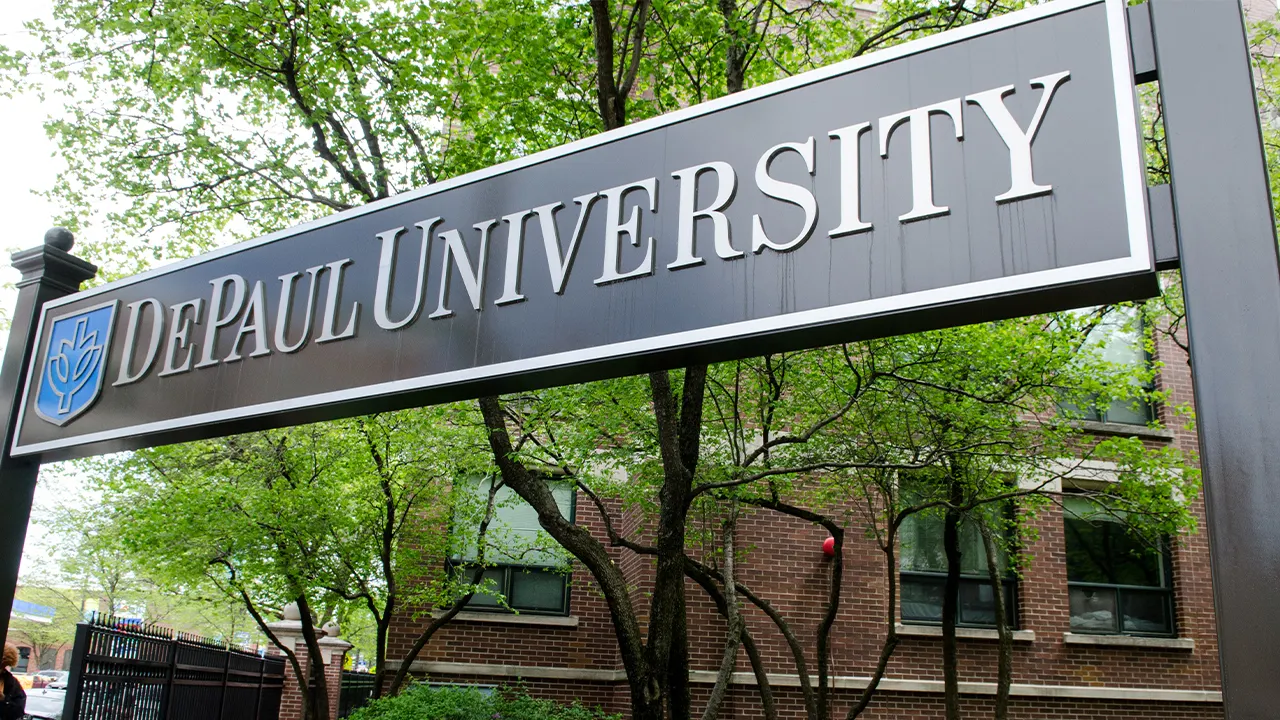

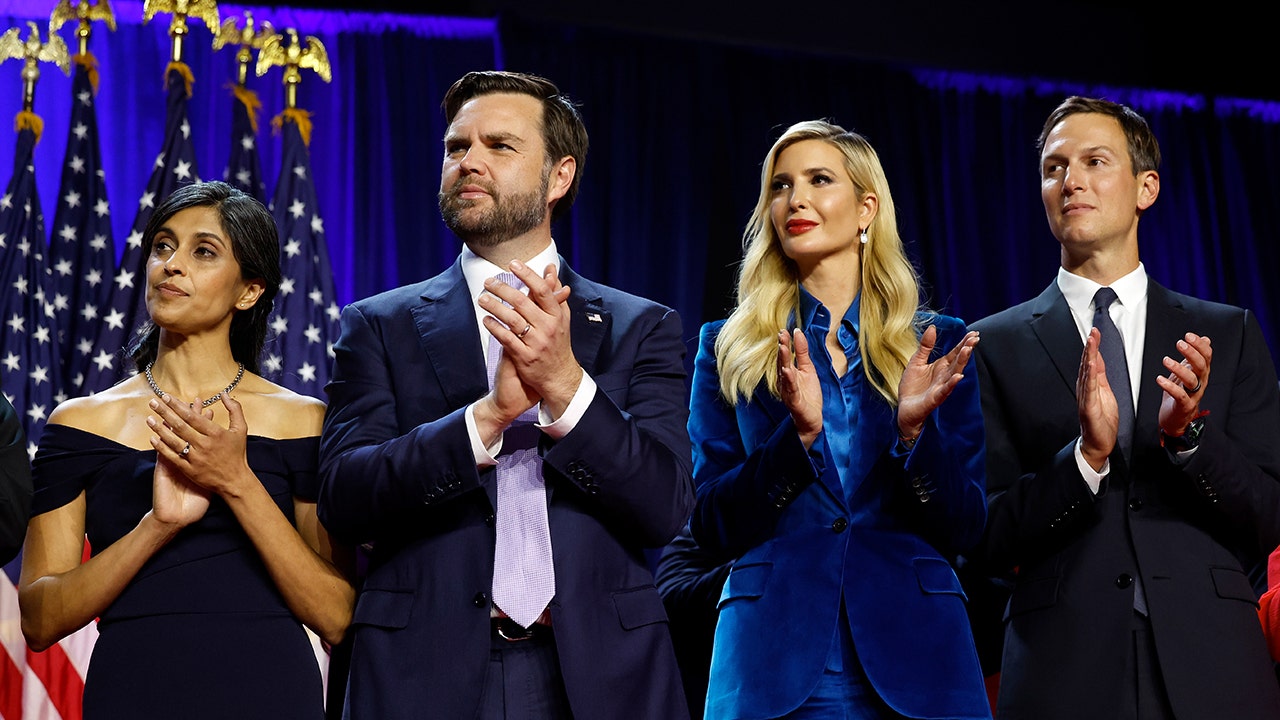


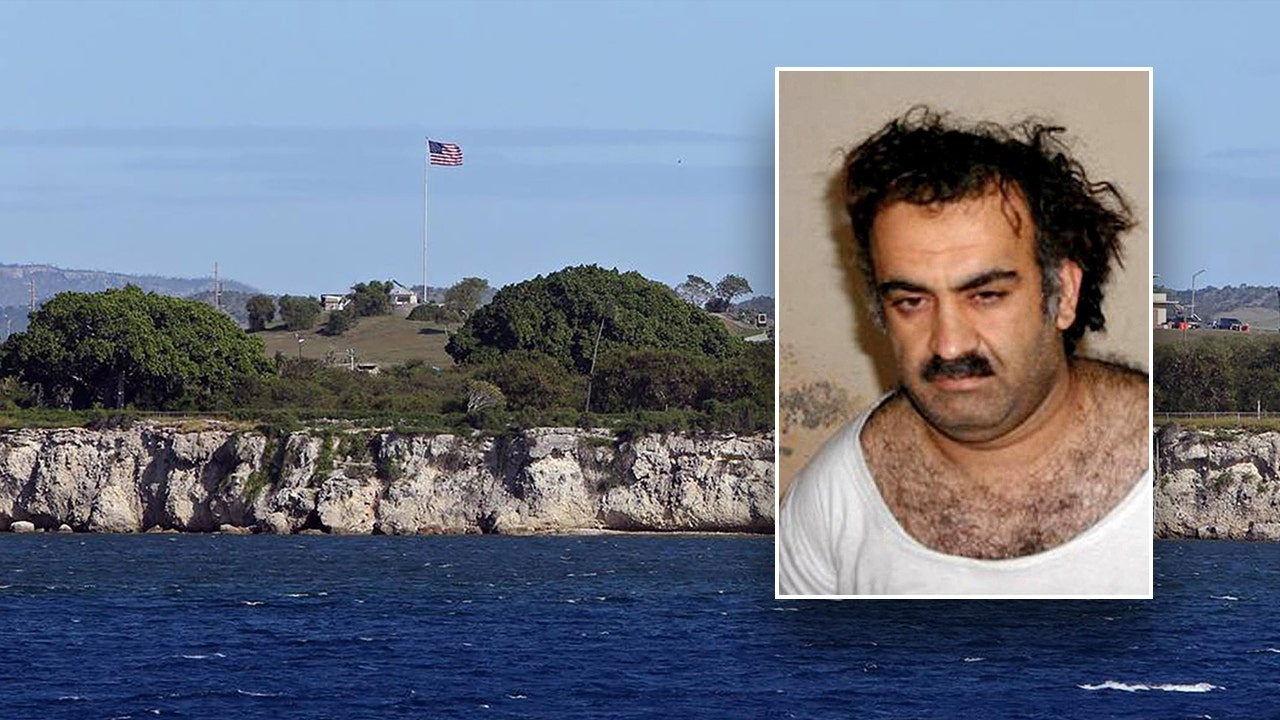
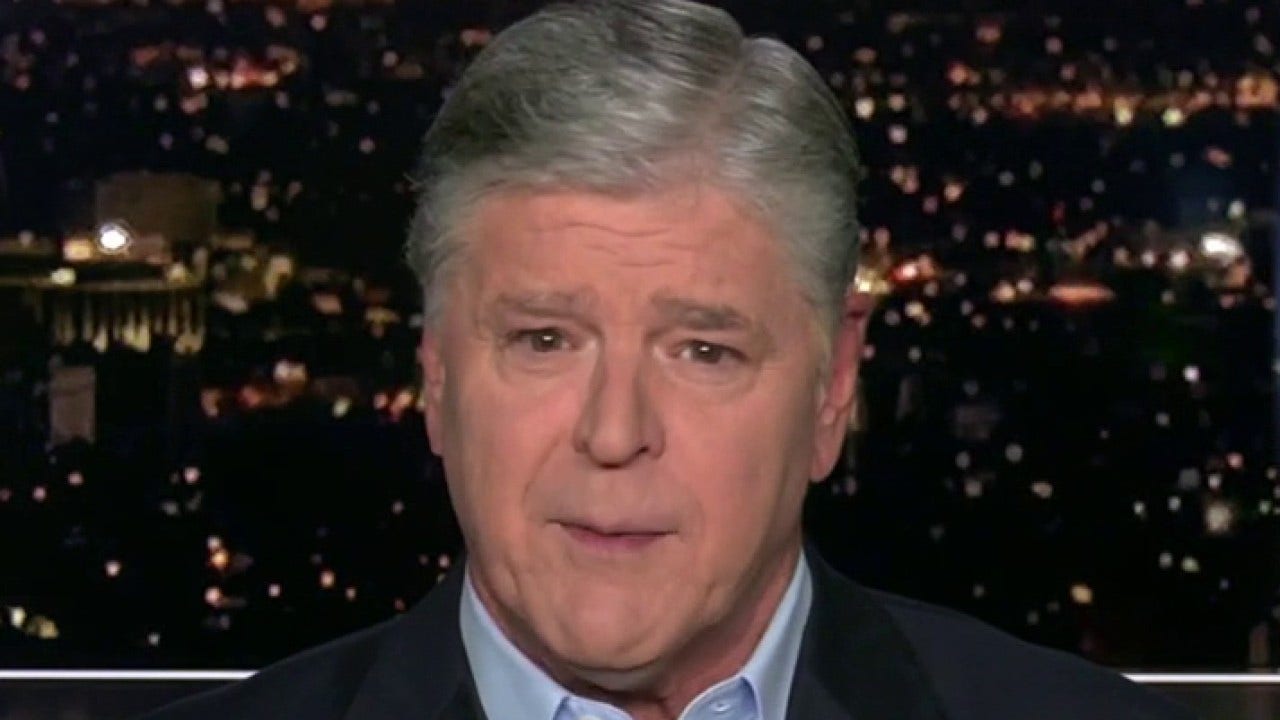
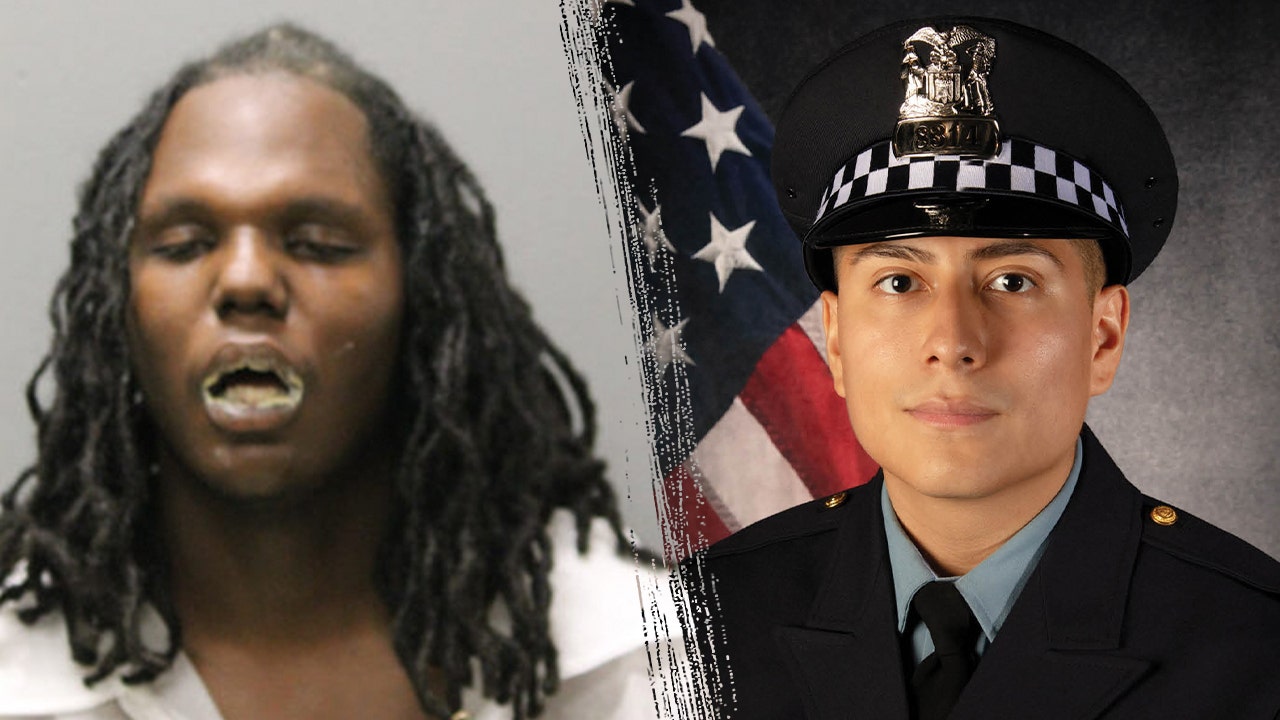



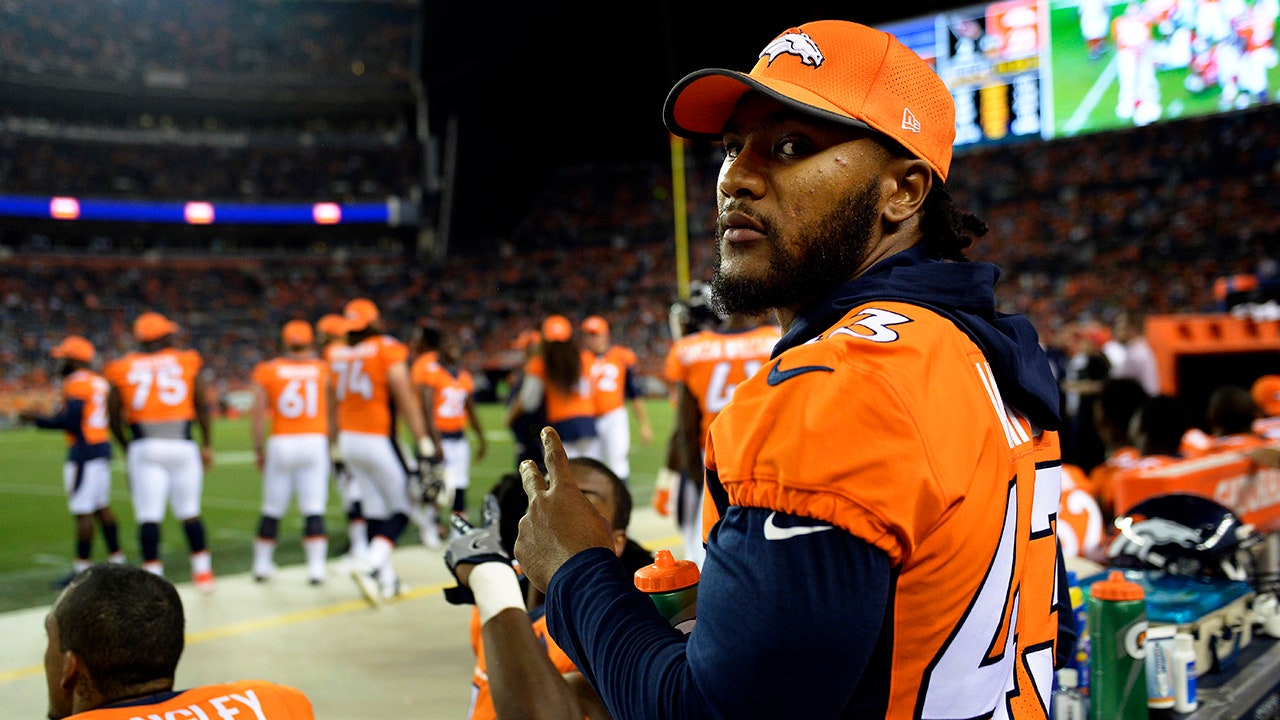



 English (US) ·
English (US) ·